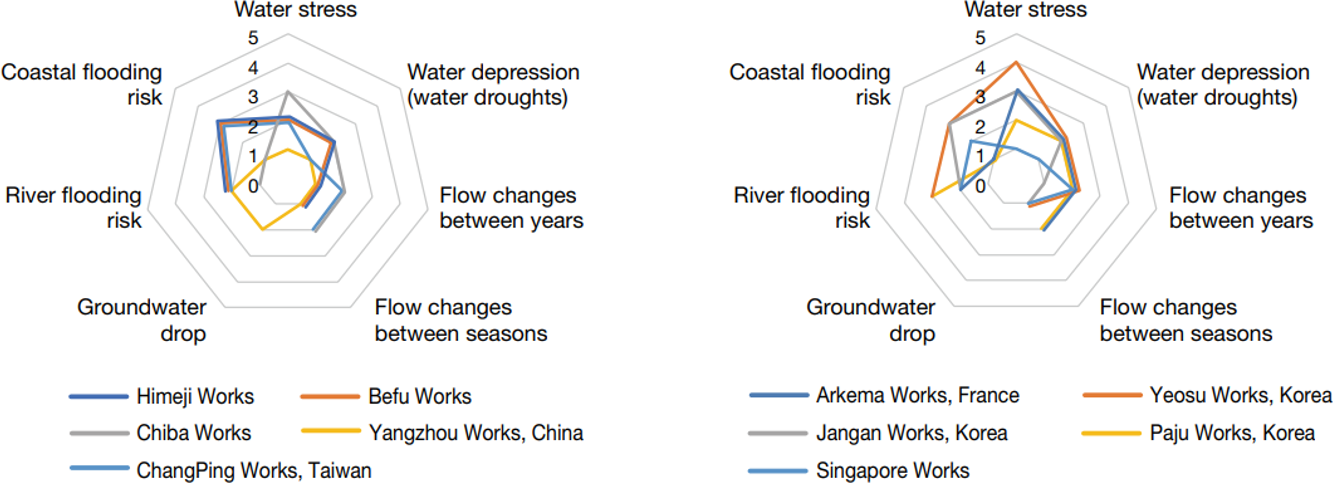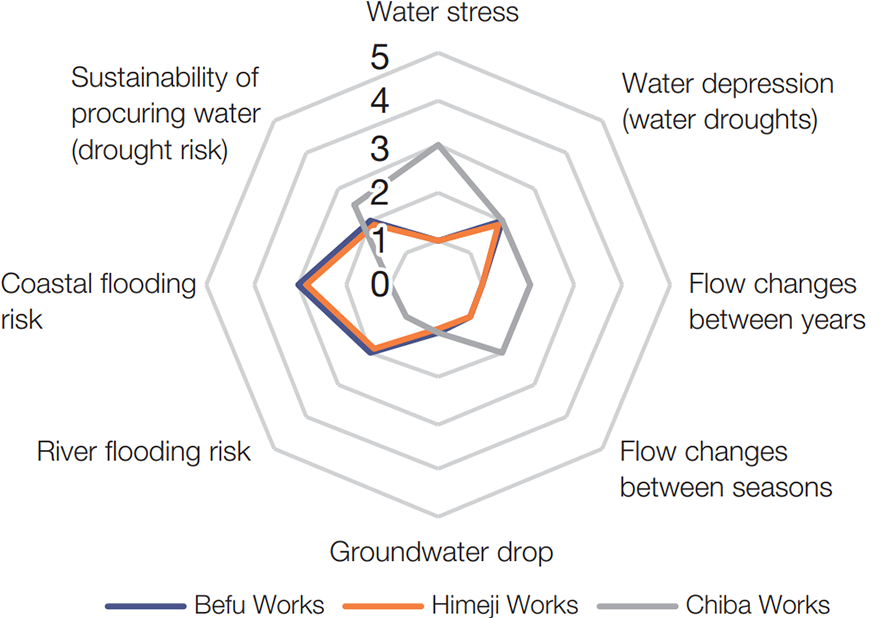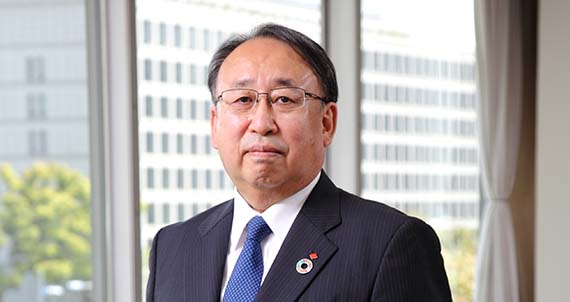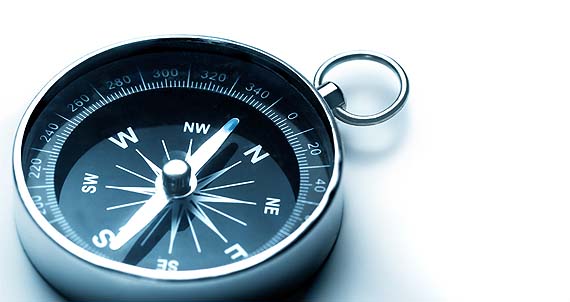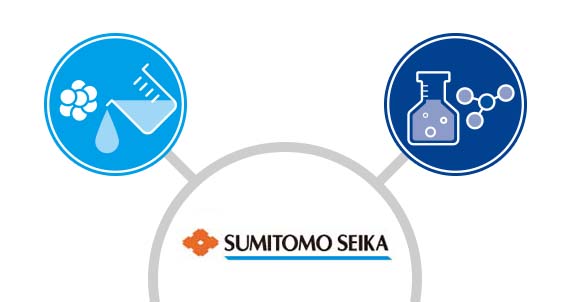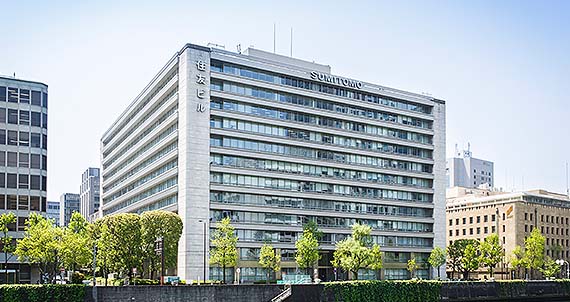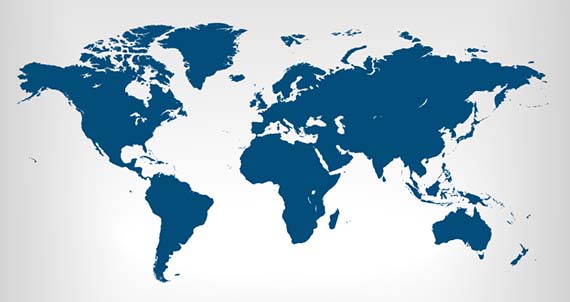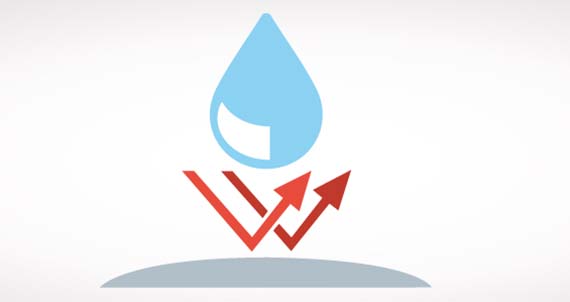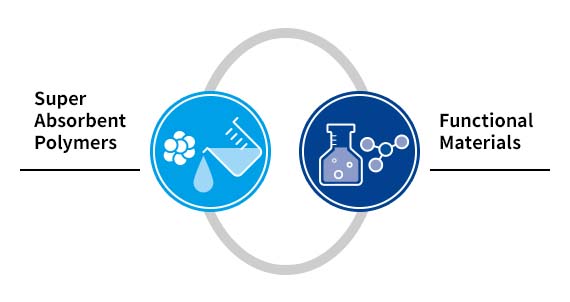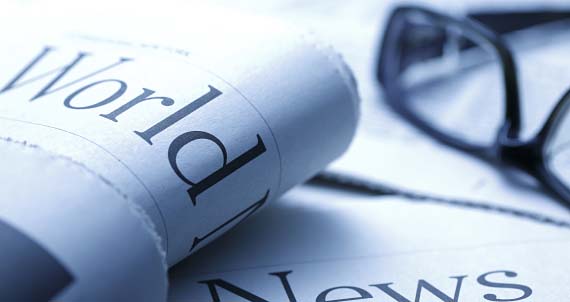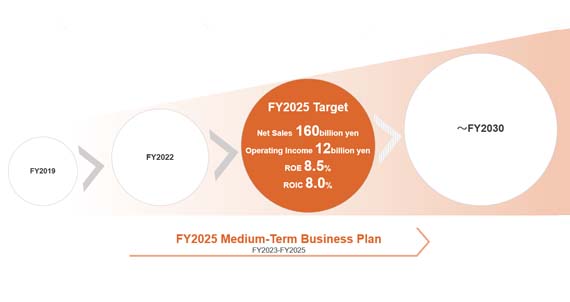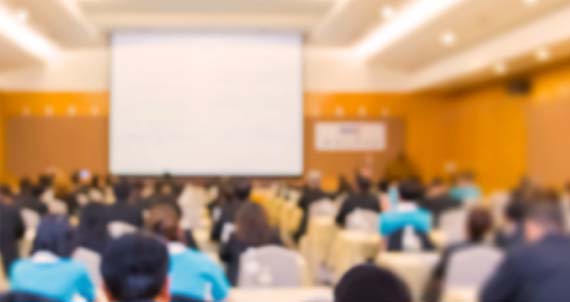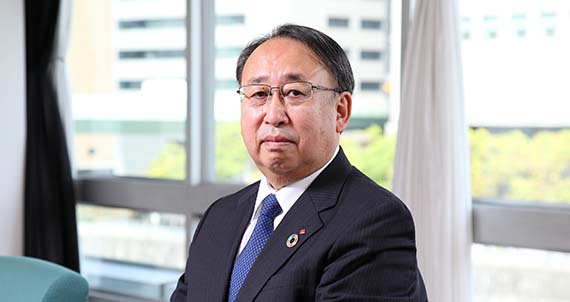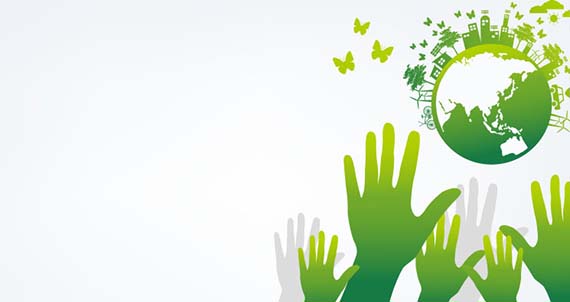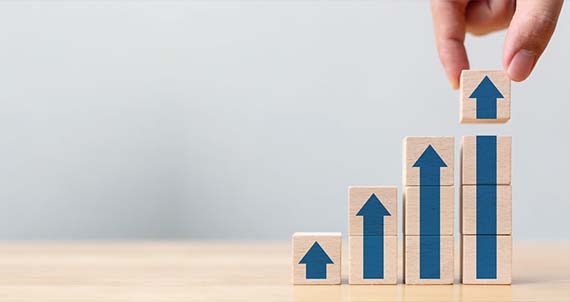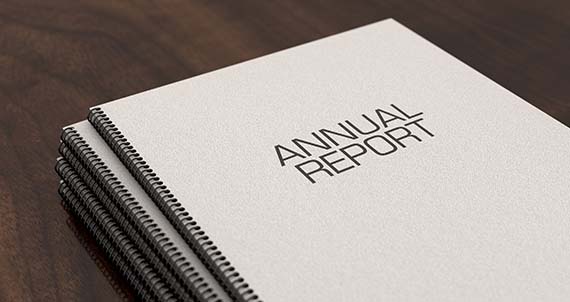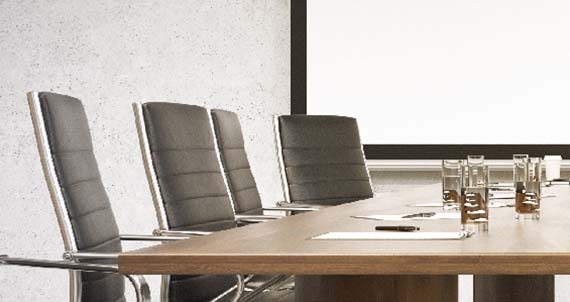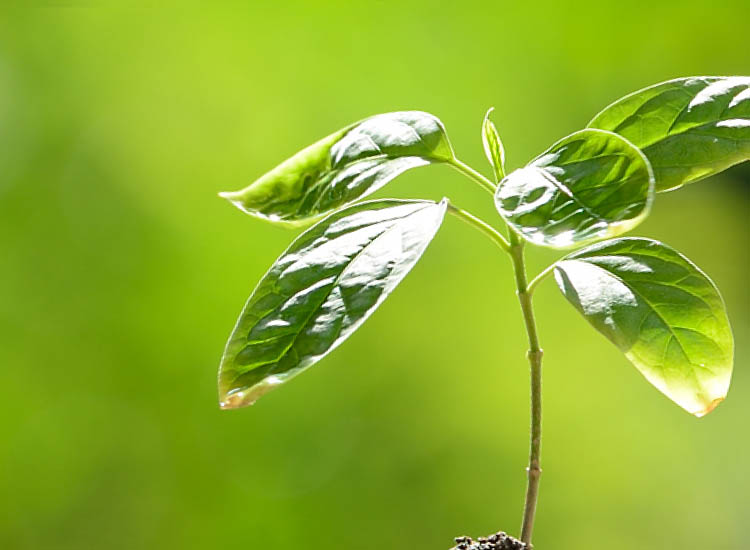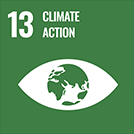Climate Change Initiatives
Toward Carbon Neutrality
Climate change is altering the global environment and is manifesting itself in extreme weather events, sea level rises, ecosystem changes, and other impacts that threaten people's lives and the sustainable growth of our companies. The effects of climate change are expected to be further magnified in the future as a result of ongoing warming.
To mitigate this climate change, we have established a group-wide carbon neutrality policy and are working to reduce greenhouse gas emissions. In addition, to prepare for the expected future impacts of climate change and to ensure the continuity of our business, we are working to avoid and mitigate climate change risks and increase our resilience.
SDGs
Carbon Neutrality Policy
Becoming carbon neutral is an issue of vital importance, and something we cannot avoid if we wish to achieve sustainable growth. Going forward, we will actively promote efforts to reduce our GHG emissions, and strive to help make society carbon neutral by 2050.
- Reducing our own GHG emissions
We will endeavor to minimize the GHG emissions we generate as part of our production activities, while providing technologies that enable this to other companies in the Sumitomo Seika Group. - Supplying low-GHG products and environmentally friendly products
For our products and services, we plan to offer those that consider lifecycle assessments (LCA) to contribute to carbon neutrality, in order to innovatively reduce GHG emissions. - Assisting with society’s carbon cycle
We want to create a circular economy together with local communities and society as a whole, and to that end we will continuously make technical innovations to recover, use, and fix GHGs. Furthermore, by working with diverse partners, we will set ourselves the target of helping to bring about that kind of society, and we will promote efforts to that end.
Targets
Reduce Scope 1 & 2 Emissions
We aim to reduce emissions for the whole Group by 42% or more compared to FY2021 levels by 2030, and by 46% or more compared to FY2013 levels on a non-consolidated basis. We aim to be carbon neutral by 2050.
Reduce Scope 3 Emissions
- Conduct life cycle assessments (LCA) for each product and continue systematic reduction efforts
- Calculate carbon footprint (CFP) for each product (to be available by 2025)
Promote Technological Innovation
We will strive to help make society carbon neutral through innovation in Sumitomo Seika's products and technologies.
- Develop CO2 separation technology
- Develop CO2 recovery technology
- Enhance the line-up of environmentally friendly products
Organizational Structure for Implementing Carbon Neutral Measures

Greenhouse Gas Emissions
Scope 1, 2 emissions (Group)
| FY2020 | FY2021 | FY2022 | |
|---|---|---|---|
| Scope1 | 210 | 192 | 190 |
| Scope2 | 86 | 90 | 97 |
| Total | 296 | 282 | 286 |
Scope 1, 2 emissions (Non-consolidated)
| FY2020 | FY2021 | FY2022 | |
|---|---|---|---|
| Scope1 | 186 | 167 | 166 |
| Scope2 | 21 | 20 | 19 |
| Total | 207 | 187 | 185 |
Scope3 emissions (Non-consolidated)
| Category | Major Emission Source (s) | FY2021 | FY2022 |
|---|---|---|---|
| 1 | Purchased Goods and Services | 432,687 | 485,448 (Group : 1,116,611) |
| 2 | Capital Goods | 5,575 | 12,998 |
| 3 | Fuel- and Energy-Related Activities (Not Included in Scope 1 or Scope 2) |
22,872 | 23,053 |
| 4 | Upstream Transportation and Distribution | 8,530 | 9,336 |
| 5 | Waste Generated in Operations | 5,263 | 4,496 |
| 6 | Business Travel | 144 | 144 |
| 7 | Employee Commuting | 674 | 688 |
| 8 | Upstream Leased Assets | 2,094 | 1,539 |
We undergo third-party verification for the calculation of GHG emissions and energy use.
Roadmap to Achieve Carbon Neutrality
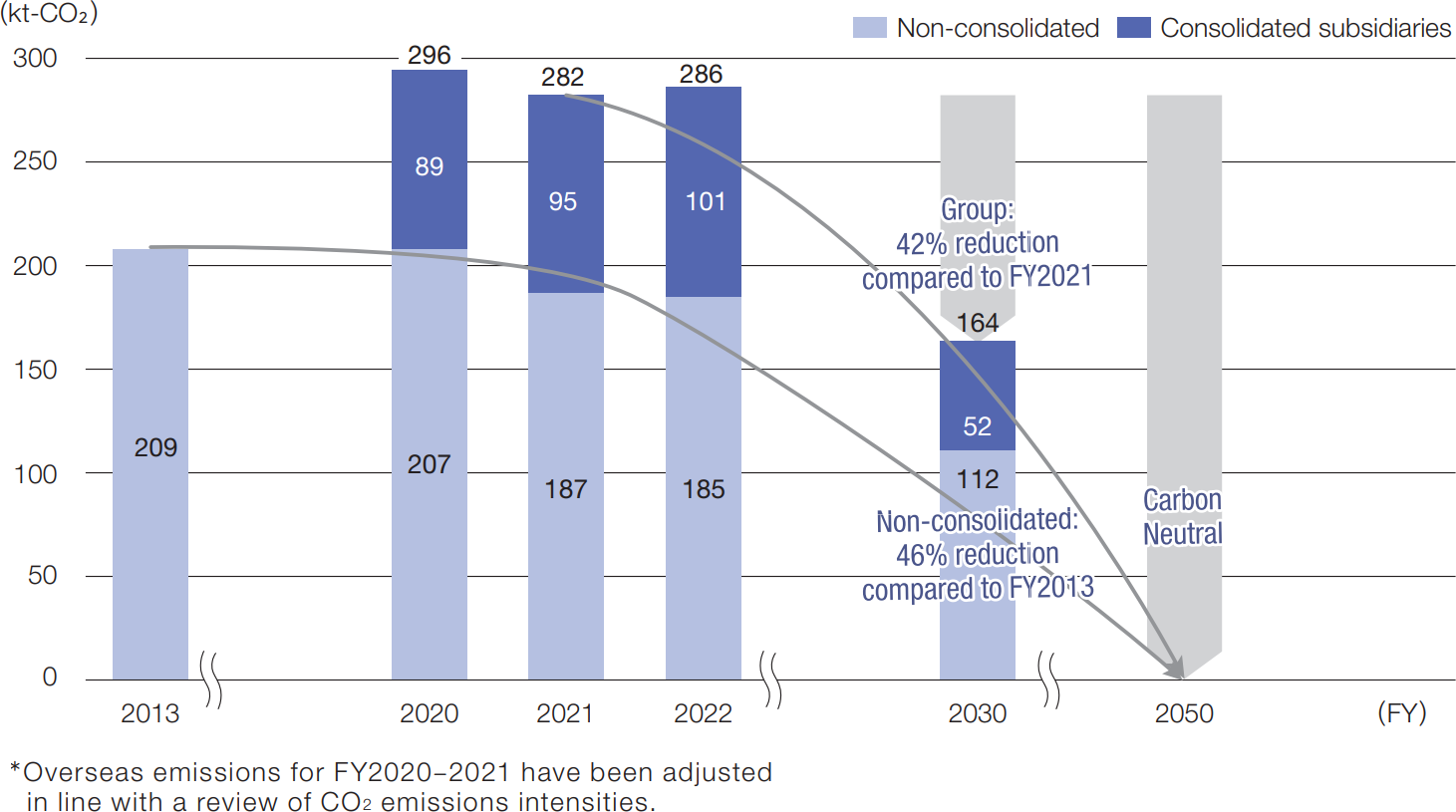
Theoretical Scenario Analysis
Physical risks (in a +4°C world): Medium-to-long term to long term
| Changes to society | Major risks | Impact | Main responses |
|---|---|---|---|
| Growing severity of climate-related disasters (Heavy rain, tropical cyclones, etc.) | Halt to operations due to water ingress
|
Medium | Continuously strengthen BCP measures
|
| Rising temperatures Water shortages or worsening water quality |
Worsening working environments, dropping productivity Droughts and poorer water quality could negatively impact operations |
Medium | Make continuous improvements to working environments (install air-conditioners, etc.) Understand and work to combat water stress |
Transitional risks (in a +1.5°C world): Short-to-medium term to medium-to-long term
| Changes to society | Major risks | Impact | Main responses |
|---|---|---|---|
| Stricter measures/regulations |
|
High | Make progress with GHG emissions reductions
|
| Technology |
|
High | Minimize energy and material consumption
|
| Market |
|
High | Reduce carbon footprint for each product Develop environmentally friendly products |
Opportunities (limiting rise to +1.5°C): Medium to medium-to-long term
| Changes to society | Major opportunities | Impact | Main responses |
|---|---|---|---|
| Phasing out of fossil fuels | Increased demand for hydrogen and biogas | High | Improve performance of PSA and expand business for hydrogen, methane, etc. |
| Transition to a recycling-oriented society |
|
High | Improve performance of PSA for CO2 and commercialization Introduce technologies that can make CO2 a usable resource Develop recycling technologies |
Water-Related Risks
As we are in the chemicals industry, whether or not we are able to continue ensuring a stable supply of good-quality water will have a major impact on the sustainability of our business going forward. As such we believe it is highly important that we look into the types of water-related risk that face each of our production sites and consider appropriate measures to address them.
Current evaluation results
For the plants in Japan, we are aware that the likelihood of water-related risks becoming a reality is relatively low, but with global warming continuing, we recognize will rise. For production sites in coastal regions, we are continuing to evaluate risks with added information such as hazard mapping, and we will strive to ensure we can respond appropriately to any water-related risk. In the future, we will also evaluate water-related risks for the sites outside Japan.
Water stress (shortage) rating (Calculated using WRI Aqueduct)
| Baseline (current) | Forecasts (2040, RCP8.5) | |
|---|---|---|
| Himeji Works | Low | Medium to high |
| Befu Works | Low | High |
| Chiba Works | Medium to high | Medium to high |
